Software Function
There are 12 functions such as Sine, RSTD, Random, Sine + Random, Random + Random, Shock, etc. It has Kurtpsis, Notching and other customized functions.
Classical Test
Sine/Random/Shock/RSTD

-

Sine
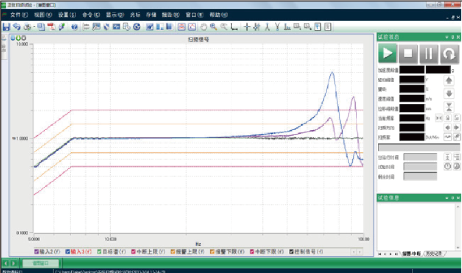
The sinusoidal amplitude is adjusted using the vibration feedback signal, by means of tracking filtering technology with closed-loop control of sinusoidal sweep frequency and fixed frequency tests, which can quickly respond to the nonlinear change of the system. It is aimed at simulating the periodic vibration of the product in the laboratory. Its application covers vibration tests with periodic functions as the excitation force, search for product resonance frequency, packaging vibration tests.
-

Random
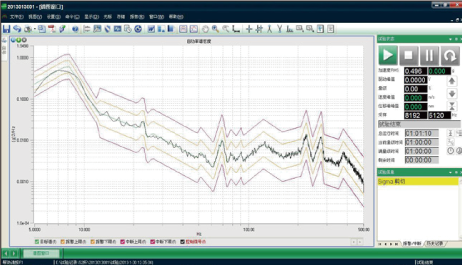
Nonlinear changes in the system can be quickly responded by the built-in adaptive control algorithm, based on the quick performance of the real-time accurate closed-loop control through Gaussian random signals continuously output by means of transfer function equalization. By doing so, the actual vibration can be simulated in a more realistic way that includes the structural vibrations generated by jet aircraft, missiles, and rockets during flight, cars running on rough bumpy roads, and vessels in waves.
-

RSTD (Resonant Search and Dwell)

The resonant frequency of the test piece is detected by combining phase with the judgment of Q (quality factor) value or amplitude ratio, after the sweep frequency is conducted within the defined frequency range through the vibration test of sinusoidal sweep frequency. Also, the reliability and stability of the test piece can be verified by residence tests carried out with the resonant frequency found.
-

Classical Shock
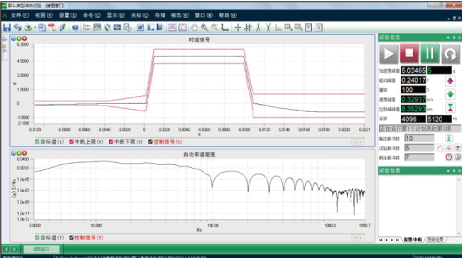
Products may suffer from structural or performance-based damage or even failure resulting from transient impact loads of various kinds during processing, transportation, and use. Typical impact tests support the simulation of various pulse types with closed-loop control by transfer function equalization.
Mixed Test
Simulated complicated working environments More actual restoration of vibration scenes

-

SoR (Sine on Random)
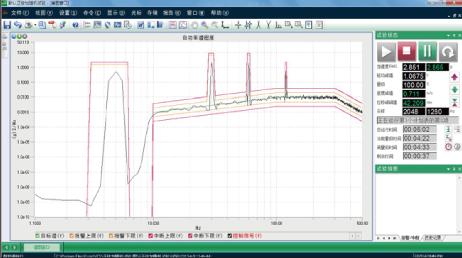
Sine-on-random control can be achieved through 1 to 20 sinusoidal signals superimposed on a continuous broadband Gaussian random signal. More importantly, each sinusoidal sweep spectrum can be set independently to support the control function of superimposing sinusoidal signals outside the frequency band of the broadband random spectrum. Each sinusoidal signal can be turned on or off independently and so does the broadband random.
-

RoR (Random on Random)
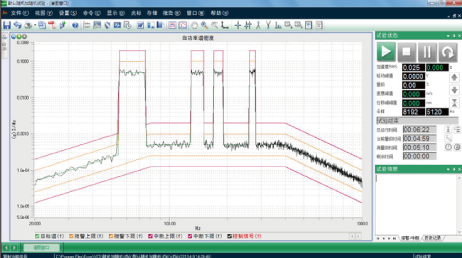
On the other hand, Random-on-Random (RoR) control is achievable by superimposing as many as 20 narrowband Gaussian random signals onto a continuous broadband Gaussian random signal, making it possible to yield what would be a relatively large vibration magnitude out of a relatively small excitation force. Moreover, RoR control solutions also offer kurtosis control functions that are specifically applicable for reliability reinforcement tests.
-

SRoR (Sine & Random on Random)

On the one hand, Sine and Random-on-Random (SRoR) control is achievable by superimposing as many as 20 narrowband Gaussian random signals and 20 sinusoidal signals, both of which are signal types known to generate relatively large vibration magnitudes, onto a continuous broadband Gaussian random signal, whose kind generally produces relatively low vibration magnitude.This funtion is compatible with SoR and RoR.
-

Multi-Sine

Multiple sinusoidal control loops with independent digital tracking filters allow a control mode of the excitation of all resonant points with the simultaneous sweep frequency of multiple sinusoidal components in the test frequency range, which stimulates more practical environmental excitation forces on the test piece and improves test efficiency.
Time Waveform Replication
Accurate reproduction of vibration scenes through software iterations

-

FDR-LTH
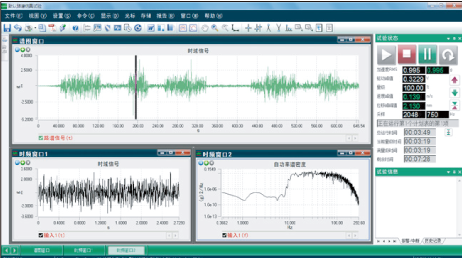
Signals with long-time history are collected as the target spectrum of the vibration test from the real vibration environment experienced by the actual use and transportation of the test piece. And the actual vibration excitation environment of the product can be accurately reproduced in the laboratory, within the capacity of the vibrator system, by the simulation control of the road spectrum.
-

FDR-TTH
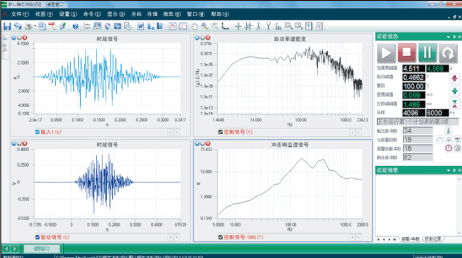
Some practical-tested transient shocks can be simulated on the vibrator system of the laboratory, which includes earthquakes, pyrotechnic transients and high-frequency shocks of other types, road bumps, and drop shocks. Adaptive control based on transfer function update can quickly respond to the nonlinear changes of the system and output the regular waveforms or the target waveforms of practical-tested data, including GR-63 standard seismic waves.
-

SRS
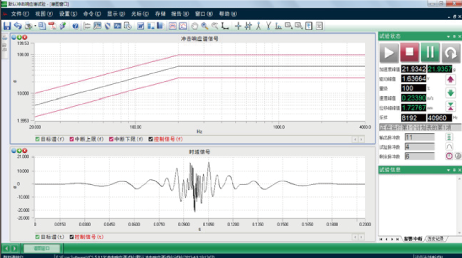
Characterization of impacts is achieved through the response of the structural system to the impact load. In addition, the shock response spectrum function automatically generates the corresponding temporal waveform by means of wavelet synthesis or multiple synthetic spectra, according to the set target spectrum of the shock response spectrum. And closed-loop control is performed based on transfer characteristics.
-

Vibro-Shock
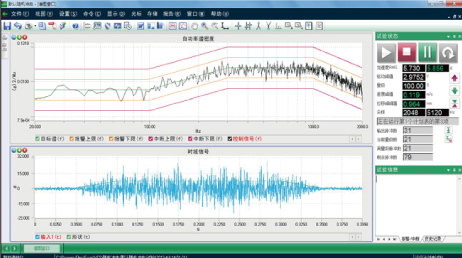
This makes it possible to simulate gunfire-induced vibrational shock and in-motion automobile shock on lab-setting vibration test rigs, which, compared to simple randomized trials, shock/impact tests or such hybrid simulation tests as Sine-on-Random (SoR) and RoR, guarantees a much more realistic ambient excitation onto which the test objects are to be subjected.
Time Waveform Replication
Accurate reproduction of vibration scenes through software iterations
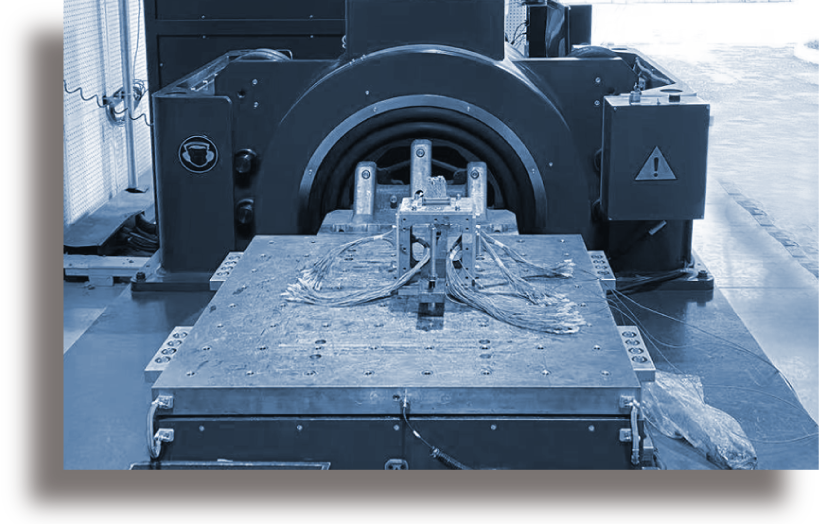
-

Kur tosis
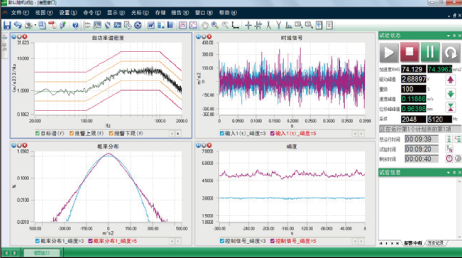
Super-Gaussian random control is supported by the adjustment of the amplitude distribution of random signals. Potential defects in product design and craft can be quickly and effectively stimulated with the reliability enhancement test by applying the strengthening stress. Meanwhile, typical values can be set from 3 to 7, and higher kurtosis values can be set.
-

Notching
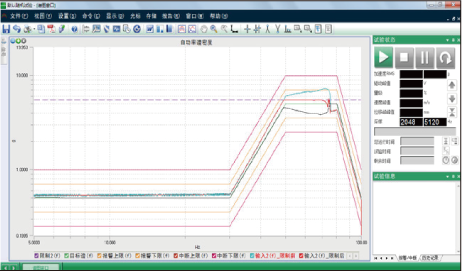
By doing so, the amplitude spectrum of the monitoring channel can be limited, including RMS limit, groove, and target spectrum limit controls, which helps users effectively protect the safety of the test piece during the test by preventing excessive vibration at its weakness.
-

Blade Fat igue Test
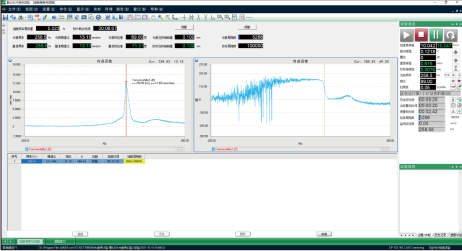
The occurrence of resonance on rotating blades will very likely entail fatigue damages, which in turn will reduce the blades’ natural frequency. Utilizing resonance on rotating blades is arguably the most effective means of simulating fatigue damage on the blades, while blade fatigue tests are the most direct method to estimating the service life and assessing the fatigue strength of rotating blades.
-
The safety of testers, test pieces, and vibrator table equipment can be protected to the greatest extent with more than 20 safety checks and interlock settings, such as open-loop detection of control signals, pretest, effective value interruption, over-limit spectral line inspection, drive limit, and vibrator system limit.
The fatigue degree of the product is measured in a short time with the calculation of its service life, based on Miner’s Rule for linear cumulative fatigue damage theory and the spectral analysis calculation method of fatigue damage.
The force-limited vibration test technology with double control measures of acceleration and force prevents serious over-test or even damage to the test piece.
The solutions can be used for evaluating the functional and structural completeness of the devices on/in the carrier plane when undertaking arresting landing to lower the fault rate of airborne devices.